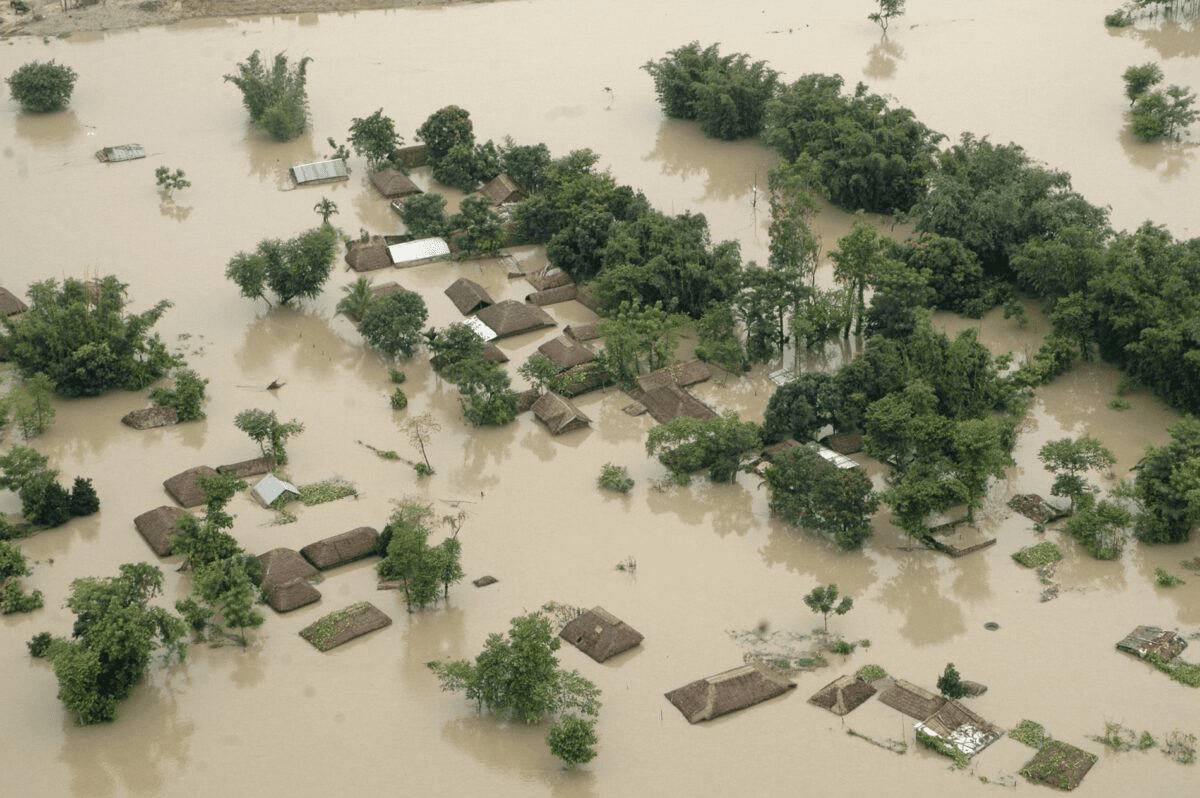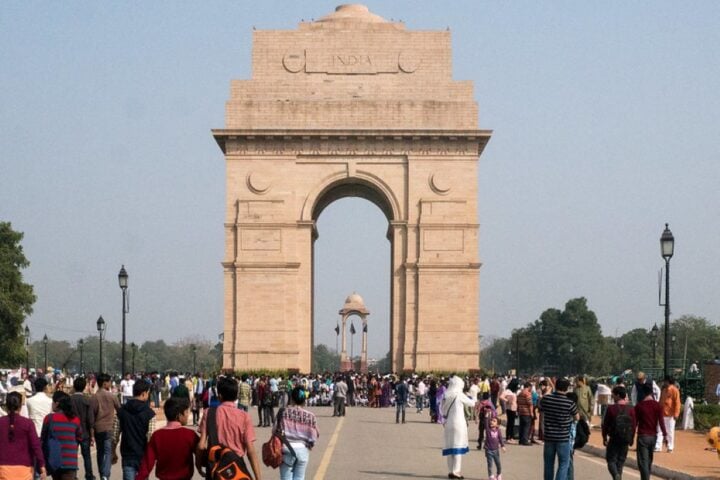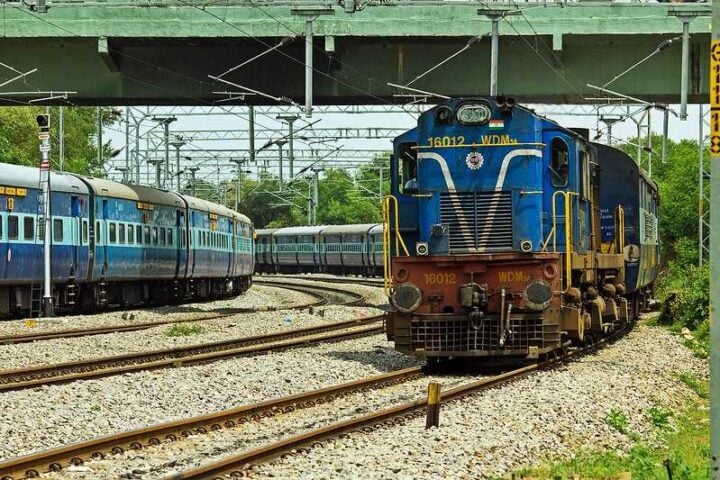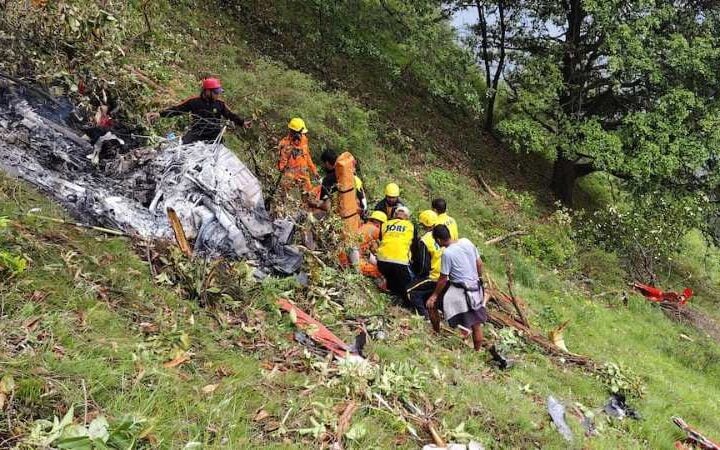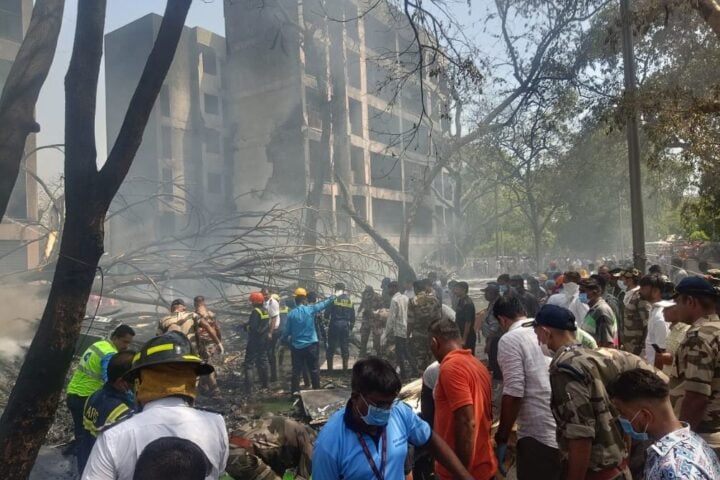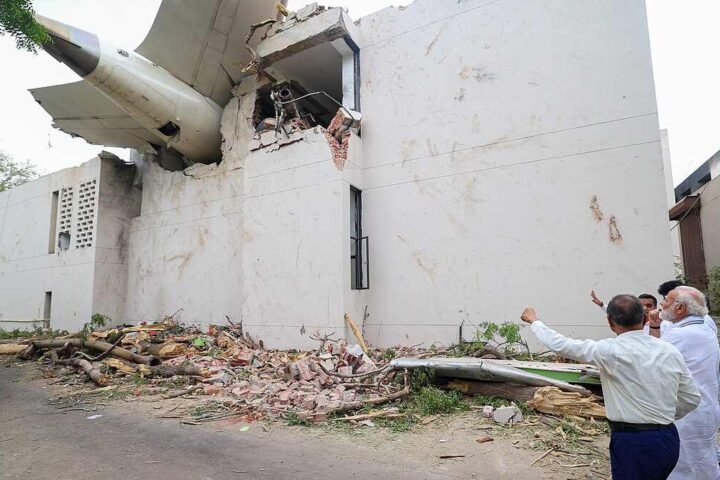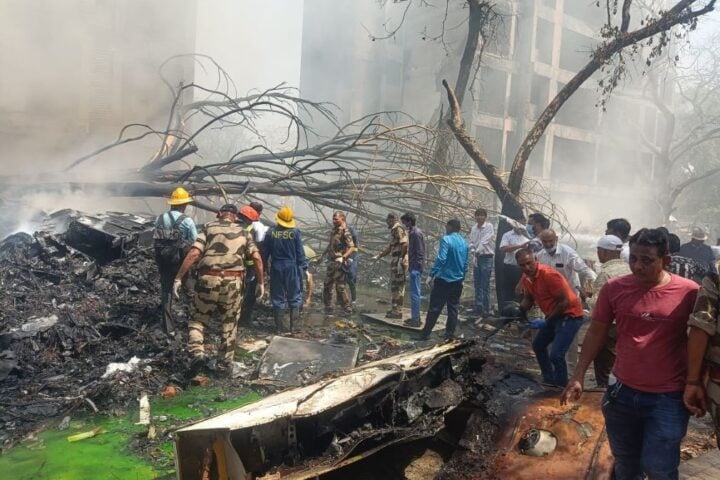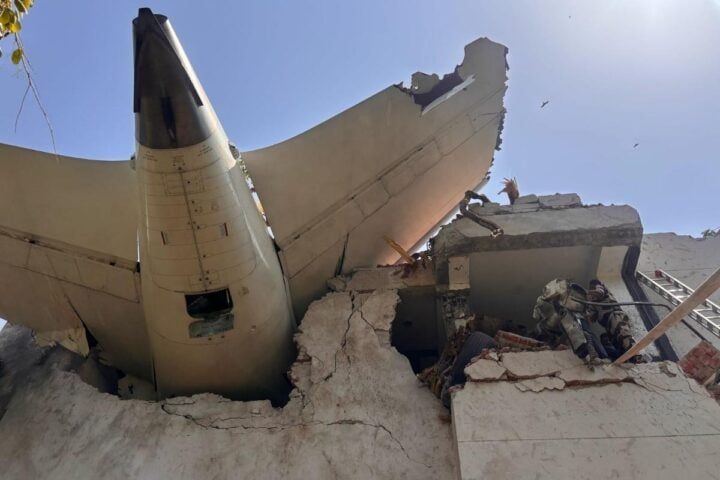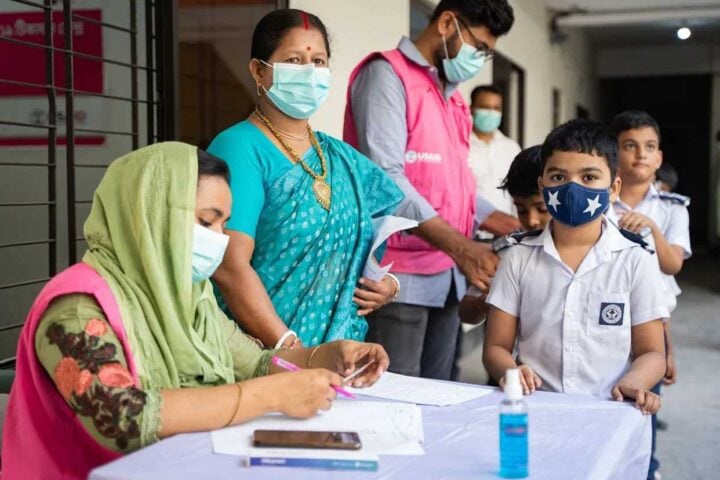In the four months from June to September, India experiences heavy rainfall. With the onset of the Monsoon, the preparedness for floods has become a necessity for the government. Flood And Monsoon Preparedness In India. According to the Niti Aayog report on flood management, 1654 people and 618248 cattle perish annually as a result of floods. Floods cause damage to about 1.2 million homes on average each year, costing Rs 5649 crores in monetary terms.
Wide variations in rainfall, both in time and space, with frequent deviations from the normal pattern, inadequate carrying capacities of rivers, river bank erosion, degradation of hilly catchment and silting of river beds, landslides, poor natural drainage in flood-prone areas, glacial lake outbursts, cloud bursts, etc. are all factors that contribute to the frequent occurrence of floods. Due to such extreme meteorological events, urban flooding caused by stormwater drainage obstruction has also become ubiquitous in towns and cities.
Flood – Prone Areas
Haryana, Himachal Pradesh, Uttar Pradesh, Bihar, and West Bengal are among the states in the Ganga-Yamuna basin that are prone to flooding. The Brahmaputra River floods also have an impact on Assam. Flood-prone regions include the Narmada, Sabarmati, and Tapti basin areas in Gujarat, the Narmada, Krishna, and Pennar river basins in Andhra Pradesh, and the Mahanadi, Godavari, and Krishna river basins in Odisha. However, in recent years, severe flooding in the states of Karnataka and Maharashtra was brought on by the upper reaches of the Krishna and Godavari river basins. States like Kerala have also started receiving extreme rainfall over the years. Flood And Monsoon Preparedness In India.
Pre-Monsoon Activities By Local Municipal Corporations
According to constitutional provisions, the States are in charge of managing floods and controlling erosion. The State Governments plan, research, and put into action the flood management and anti-erosion schemes using their own funds based on state-wide priorities. While, the Union Government only provides technical, advisory, catalytic, and promotional assistance to States.
The state governments use structural and non-structural reforms to limit the damage caused by floods. The construction of dams, reservoirs, parallel channels across riverbanks, and other structural techniques are regularly used by the authorities to prevent floods. In order to prevent soil erosion and spills, it also entails drainage improvement work.
Non-structural methods include providing advance warning of an impending flood via a flood forecasting system and facilitating the timely evacuation of people to safer grounds, discouraging the creation of valuable assets/settlement of people in flood-prone areas, and enforcing flood plain zoning regulations.
This year, Maharashtra’s Brihanmumbai Municipal Corporation (BMC) installed 477 dewatering pumps in flood-prone areas. Furthermore, representatives from 14 emergency support function units have been instructed to be present in the control room during high tide (greater than 4.5 m) and heavy rainfall warning days. According to The Indian Express, the agency has completed all pre-monsoon works such as stormwater drain desilting and tree trimming.\
Role of Central Government
In accordance with budgetary constraints, the federal government’s Flood Management Program (FMP) has been offering States promotional financial assistance for flood-related projects in priority areas. The Government of India has also made a contribution through the nonstructural measure of flood forecasting and warning on interstate rivers, which requires less capital and has allowed the State Governments to take early action to save lives and property.
The Government of India implemented the Flood Management Programme (FMP) in the Five Year Plan with an outlay of Rs. 8,000 crores to provide financial assistance to States/UTs in carrying out flood management projects. During the XII Plan, the Scheme was continued with an expenditure of Rs. 10,000 crores.
An additional programme called “River Management Activities and Works related to Border Areas (RMBA)” was launched with an initial budget of Rs. 820 crore and continued with an additional budget of Rs. 740 crore for the subsequent plan’s implementation of various projects in border areas. Flood And Monsoon Preparedness In India. In order to better manage floods and border areas, both programmes were combined into the Flood Management and Border Areas Programme (FMBAP), which operated from the year 2017- 20.
The National Disaster Response Force was established under the Disaster Management Act of 2005 in order to respond to both natural and man-made disasters. It is the only agency with comprehensive response capabilities that is high-tech, standalone, multidisciplinary, and multi-skilled. It provides responses to disasters like floods by taking up evacuating operations, building collapses etc.
Technology can also play an important role in dealing with floods. The Central Water Commission is working with M/s Google Inc. to provide inundation alerts based on the Flood Forecast available in the Common Alerting Protocol (CAP) platform using high-quality Digital Terrain Models available with Google using Artificial Intelligence and Machine Learning.
The National Disaster Management Authority (NDMA) and Prime Minister Narendra Modi presided over a meeting on the pre-monsoon / monsoon situation for the South-West Monsoon on May 5. The South-West Monsoon forecast for 2022, according to the IMD, is likely to be accurate. The NDRF has already planned a pre-monsoon deployment for the areas that are most at risk of flooding in consultation with the States and Union Territories.
